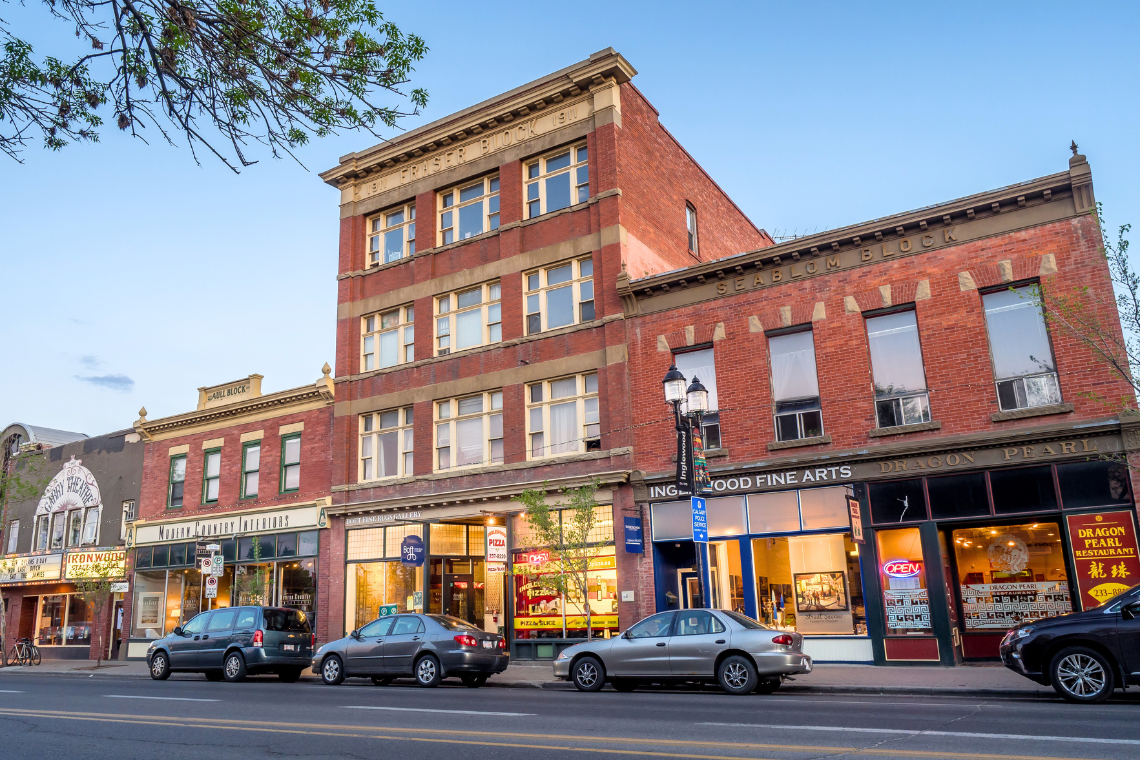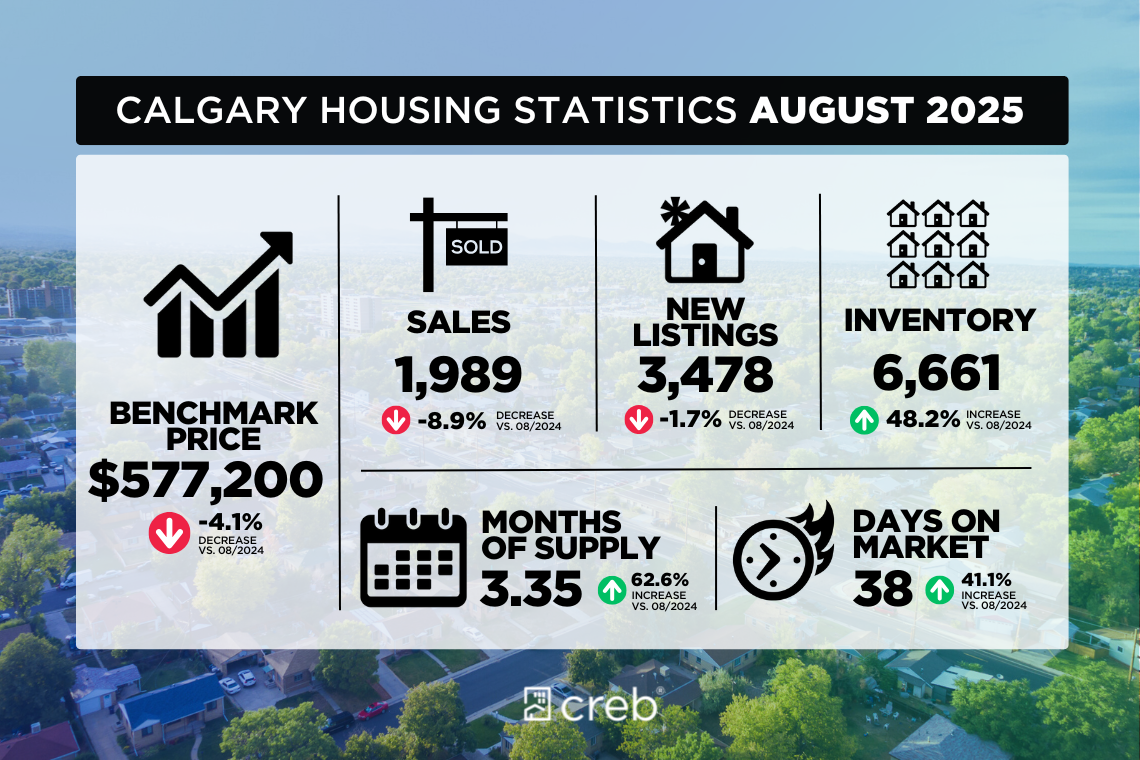Integrity isn’t built by explaining decisions after the fact. It’s built by making intentional choices in advance and following through on them. This principle—known as pre-decision or pre-logging—is a simple yet powerful shift that can transform habits, build consistency, and strengthen self-trust.
⸻
The Lesson Behind Pre-Logging
When working with clients, health coaches often recommend logging meals to encourage awareness and accountability. However, one subtle adjustment makes all the difference: instead of logging meals after they are eaten, pre-log them the night before.
This small shift forces alignment between intention and action. The individual no longer negotiates with cravings in the moment or hides poor choices after the fact. Instead, decisions are already made, and the only step left is execution.
⸻
Why Pre-Deciding Works
The principle of pre-decision applies far beyond health. It works because it:
• Eliminates decision fatigue. Choices are made in advance, leaving less room for hesitation or negotiation later.
• Builds self-trust. Following through on pre-set commitments reinforces confidence and consistency.
• Prevents rationalization. There’s no need to justify poor decisions after the fact when they’ve already been intentionally set aside.
• Creates momentum. Repeated small, intentional actions compound into meaningful long-term results.
⸻
Applying Pre-Decision in Everyday Life
Pre-decision can improve nearly every area of life:
• Health: Plan meals and workouts a day in advance and stick to the plan.
• Work: Schedule calls, writing sessions, or deep work blocks on the calendar before the day begins.
• Personal Growth: Decide ahead of time when to read, journal, or meditate instead of “fitting it in.”
• Finances: Set spending limits before the weekend to avoid Monday regret.
The concept is universal: integrity is built in the pre-decision, not the post-justification.
⸻
Pro-Tip for Building Integrity
Start by pre-logging three commitments for the next day—meals, workouts, or work tasks. Treat these commitments as promises and follow through. Over time, this practice strengthens discipline and creates the consistency that drives real growth.
⸻
✨ Pre-deciding transforms vague intentions into actionable commitments. By setting intentions before the moment of choice, it becomes far easier to stay aligned with goals, values, and the person one wants to become.
“This article was originally written by My Next Billion.”


